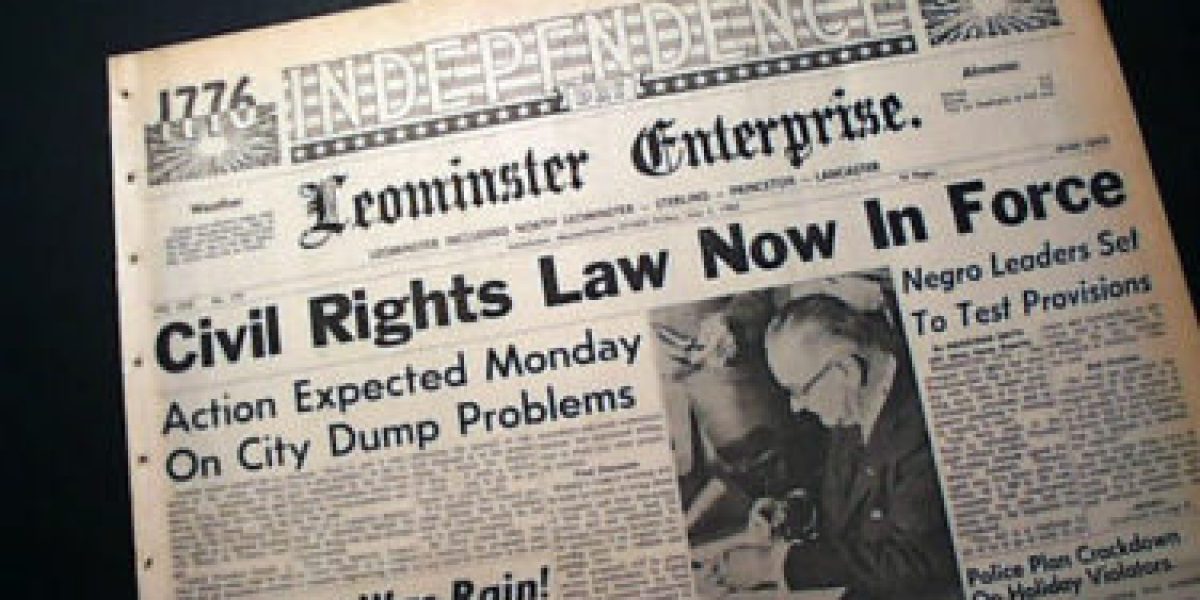A Historic Milestone with Limitations
September 9th marks the anniversary of the Civil Rights Act of 1957. The Teen Think Tank Project Team examines the benefits and the shortcomings of an act that is highly regarded as a seminole moment in the history of the United States and its struggles to provide universal rights to all Americans.
Introduction
The Civil Rights Act of 1957 stands as a pivotal moment in American history, marking the federal government’s first significant attempt to address racial discrimination in the United States since the Reconstruction Era. While this landmark legislation represented a crucial step toward equal rights for all citizens, it had both notable benefits and shortcomings that have left a lasting impact on the civil rights movement. In this article, we will delve into the advantages and limitations of the Civil Rights Act of 1957.
Benefits of the Civil Rights Act of 1957
- The Foundation for Future Civil Rights Legislation: One of the most significant benefits of the Civil Rights Act of 1957 was that it laid the groundwork for subsequent civil rights legislation. It established the U.S. Department of Justice’s Civil Rights Division, which played a pivotal role in enforcing civil rights laws in the years to come. This division would become instrumental in implementing future civil rights legislation, including the Civil Rights Act of 1964 and the Voting Rights Act of 1965.
- Voting Rights Protections: The 1957 Act aimed to protect African American voting rights. It established the United States Commission on Civil Rights, which was tasked with investigating discriminatory voting practices and making recommendations to Congress. While the act’s provisions were relatively weak, they marked an essential step in addressing the disenfranchisement of Black voters in the South.
- Public Awareness and Momentum: The passage of the Civil Rights Act of 1957 brought the issue of racial discrimination to the forefront of national consciousness. It signaled to the civil rights movement that progress could be made through legislative means. The act’s limited success galvanized activists and inspired future efforts to secure more substantial civil rights legislation.
- Increased Federal Involvement: Prior to the 1957 act, the federal government had largely taken a hands-off approach to racial discrimination, leaving many civil rights issues to be addressed at the state and local levels. The 1957 act marked a significant departure from this stance by granting the federal government a more active role in addressing civil rights violations.
Shortcomings of the Civil Rights Act of 1957
- Limited Enforcement Powers: One of the most significant limitations of the Civil Rights Act of 1957 was its weak enforcement mechanisms. While it established the Civil Rights Division in the Department of Justice, the division lacked the authority to bring civil lawsuits or prosecute individuals and organizations that violated civil rights. As a result, the act had little real power to combat racial discrimination effectively.
- Southern Opposition and Resistance: The act faced fierce resistance in the Southern states, where many officials were determined to maintain segregation and deny voting rights to Black citizens. Southern senators, including Strom Thurmond, launched a filibuster that lasted over 24 hours in an attempt to thwart the bill’s passage. This opposition highlighted the deeply entrenched racial divisions in the South and signaled that more substantial measures would be necessary to effect meaningful change.
- Inadequate Protection for Voting Rights: While the act aimed to protect the voting rights of African Americans, its provisions were relatively toothless. It did not end the widespread voter suppression tactics employed in the South, such as literacy tests and poll taxes. It would take the Voting Rights Act of 1965 to provide more robust protection against these discriminatory practices.
- Limited Scope: The Civil Rights Act of 1957 primarily focused on voting rights and civil rights violations in federal elections. It did not address broader issues of racial segregation in schools, public facilities, or employment discrimination. As such, it fell short of addressing the full scope of racial injustice in the United States.
- Symbolic, Not Substantive: Some critics argue that the 1957 act was more symbolic than substantive. While it signaled the federal government’s commitment to addressing civil rights, its lack of enforcement power and limited scope meant that it did not lead to significant immediate changes on the ground.
Conclusion
The Civil Rights Act of 1957 played a vital role in the broader struggle for civil rights in the United States. It laid the foundation for future legislation, raised public awareness of racial discrimination, and marked a shift in the federal government’s approach to addressing civil rights issues. However, its limitations were evident, as it lacked meaningful enforcement mechanisms and failed to address the full extent of racial inequality in America.
Ultimately, the Civil Rights Act of 1957 can be seen as a necessary but insufficient step in the ongoing fight for racial equality. It was only when subsequent legislation, such as the Civil Rights Act of 1964 and the Voting Rights Act of 1965, was enacted that more significant progress was made in dismantling segregation and addressing racial discrimination in the United States. Nevertheless, the 1957 act remains a crucial milestone in the long and challenging journey toward a more just and equitable society.





